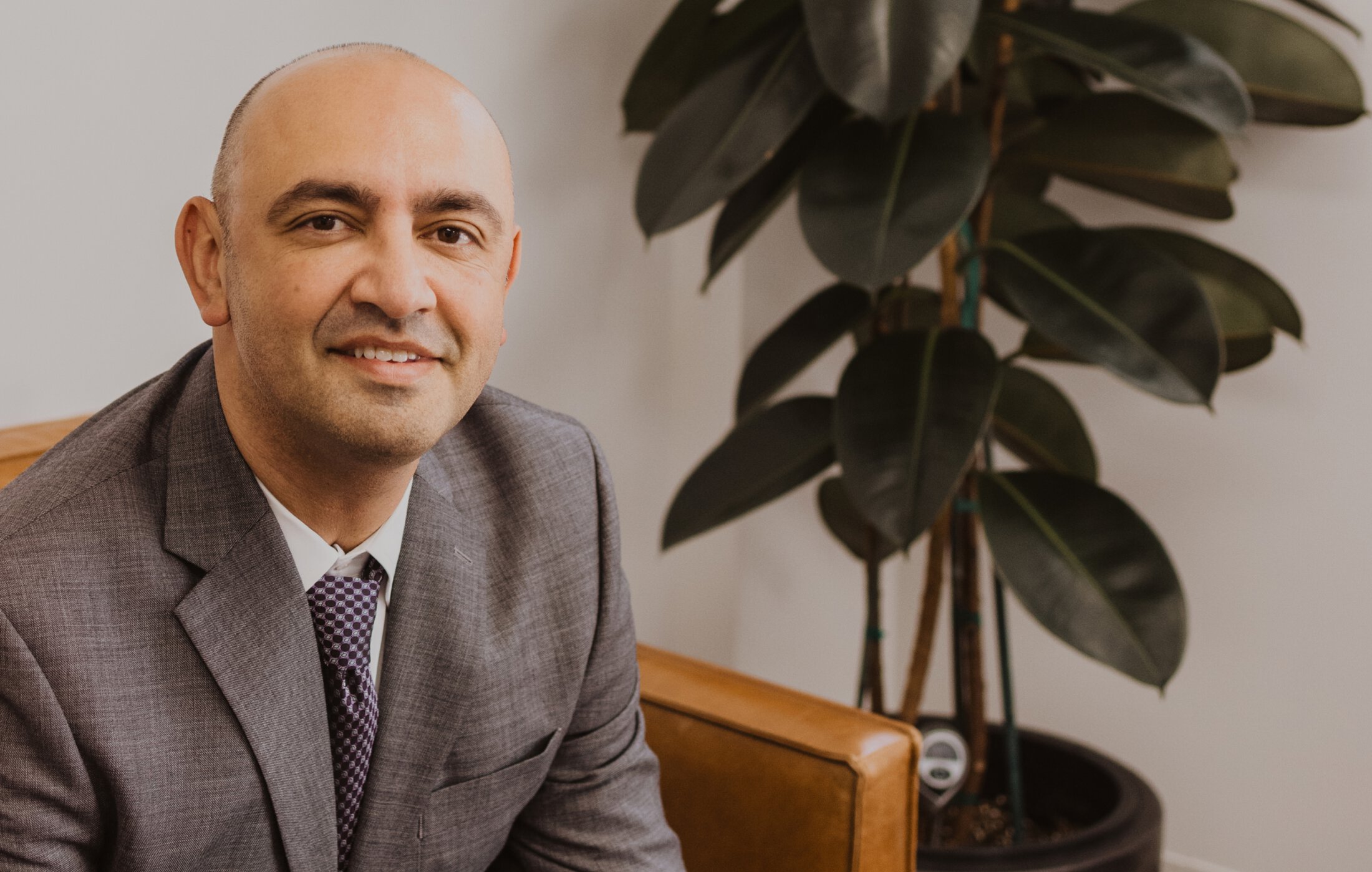
Scars are a natural part of the body’s healing process. A scar results from the biologic process of wound repair in the skin and other tissues. Most wounds, except for very minor ones, result in some degree of scarring. Scars can result from accidents, diseases, skin conditions such as acne, or surgeries.
Scars form when the dermis (deep, thick layer of skin) is damaged. The body forms new collagen fibers (a naturally occurring protein in the body) to mend the damage, resulting in a scar. The new scar tissue will have a different texture and quality than the surrounding tissue. Scars form after a wound is completely healed. There are different kinds of scars.
Most scars are flat and pale. However, in cases when the body produces too much collagen, scars can be raised. Raised scars are called hypertrophic scars or keloid scars. Both of these kinds of scars are more common in younger and dark-skinned people. Some scars can have a sunken or pitted appearance. This kind of scarring occurs when underlying structures supporting the skin (for example, fat or muscle) are lost. Some surgical scars have this appearance, as do some scars from acne. Scars also can appear as stretched skin.
Such scars result when the skin stretches rapidly (for example, as in growth spurts or during pregnancy). In addition, this type of scar can occur when the skin is under tension (near a joint, for example) during the healing process. While the exact cause of scars is unknown, it is thought that they are the result of your skin’s collagen and elastin breaking down. They occur most frequently in areas of mechanical stress such as the breasts, abdomen, thighs, groin or buttocks. Pregnancy, body building, weight gain and hormone changes are the leading causes of scars. At first, scars are red or purple. They often turn white as part of the healing process.
In the past, cryosurgery (freezing), excision, steroid injections and the use of topical creams and ointments were the standard of care for the treatment of scars. The results of these treatments range from fair to minimal, with recurrences commonly seen after many of these treatment options. Today, several new laser techniques are available to treat a wide variety of scars. The laser’s energy stimulates the skin under the scar and stimulates collagen breakdown and production of new collagen. This remodeling of the skin under the scar helps it more closely resemble the surrounding normal skin.

Most Murrieta laser scar treatment patients do not require anesthetic. Some patients have indicated that they feel a slight tingling when the laser pulses, or that the laser pulse feels like a snap of a rubber band against the skin.
Laser scar treatment results vary from patient to patient and may not be immediate. Results from laser scar and stretch mark treatment are generally progressive and may require multiple treatments. For stretchmarks we perform a test site first to confirm that you will respond. If you respond to the first treatment, your second treatment will usually be as good as the first, and the third treatment will be almost as good.
Additional studies show that the appearance of stretch marks continues to improve over a period of time ranging from 3 to 6 months after the laser treatment was given. Even those treatments that showed little if any initial improvement showed as much as a 50% improvement at their 6 month checkup. About 70% of patients receiving laser treatments for their stretch marks notice a marked improvement. Newer and shallower stretch marks and scars respond better than older and deeper scars. The use of tretinoin cream or glycolic acid cream prior to and after your laser treatments may enhance your results.

Following laser scar treatment Murrieta patients may notice redness on the treatment area for up to two weeks. Although, it does not usually cause any discoloration or other markings on the skin. The low power setting of the laser only stimulates the skin and does not harm any healthy tissue.
The patients that respond the best to laser treatment for scars are those with: Fair complexion and light pigmentation and shallow scars. Note: Patients with a history of Vitiligo, pigmentation disorders, dark tans or dark pigmentation may require an initial skin test for evaluation prior to treatment.
Schedule Your Aesthetic Consultation Today
Take control of your aesthetic journey and give yourself a beautiful future with a consultation at Lucali Aesthetics and Regenerative Medicine. Dr. Lulic and the Lucali team look forward to providing you a future that looks and feels beautiful. Schedule your consultation and see the Lucali difference for yourself.
If you would like to book directly online, please click here.